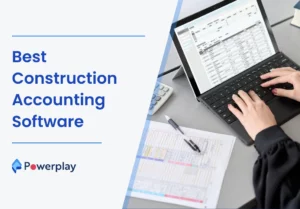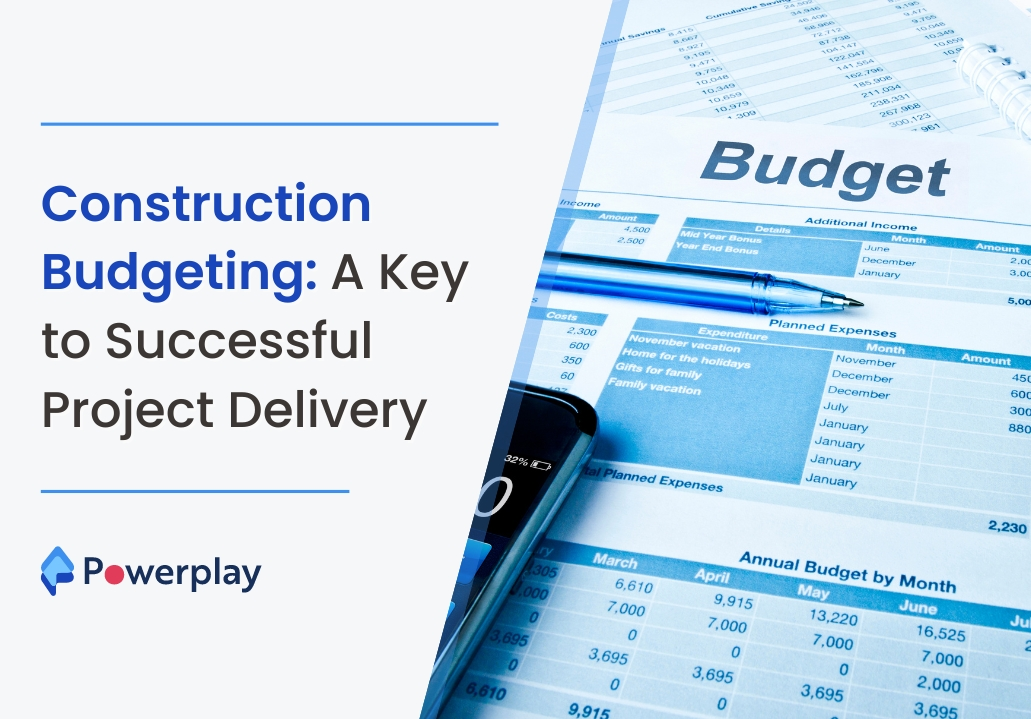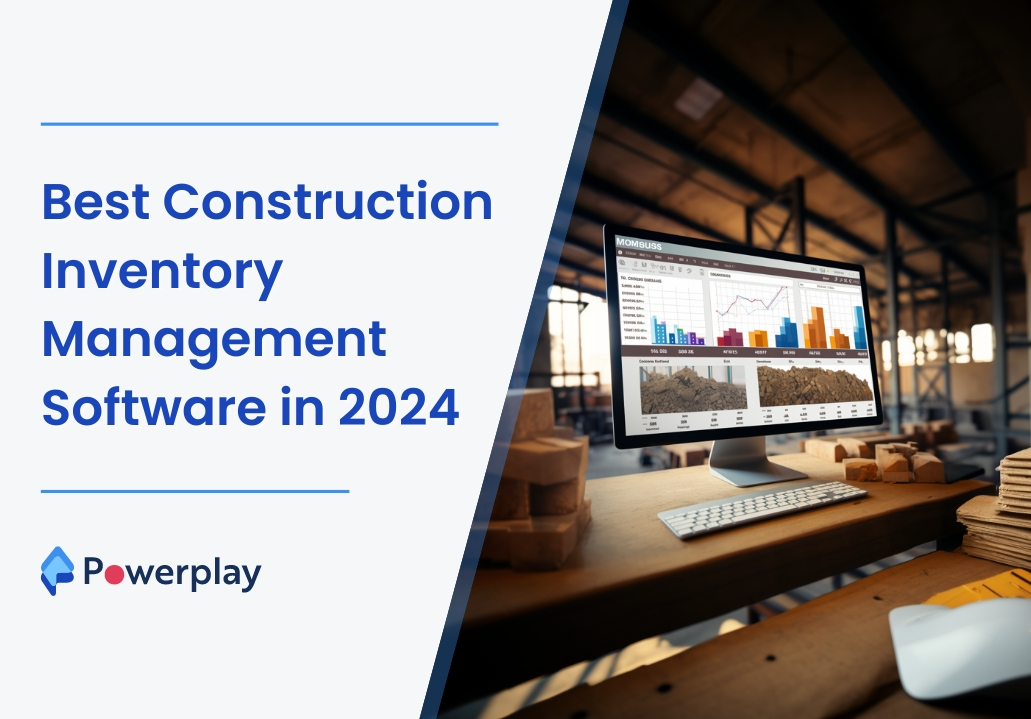How to improve construction management workflows?
-
Kumar Abhishek Anand
- October 23, 2023

Anyone who has ever tried to manage a to-do list knows that a chaotic approach is not the best. A planned workflow is essential to efficiently manage multiple tasks among people. The same principle applies to construction sites. It all comes down to workflow. If you don’t think about efficiency in construction workflows, your project could face many problems.
Your crew may complete masonry in record time on one project, but they do it differently on the next and are way behind schedule. This inconsistency can be frustrating and costly. The solution?
Workflows. Making your projects more efficient is possible by learning how to implement workflows. They are often simple to implement, and you can create a process that allows you to do things smoothly and makes them more efficient.
Ultimately, construction management is all about creating workflows. So, let us first understand what construction management workflow means.
What is Construction workflow?
Construction workflow refers to the coordination of a project. It involves ensuring that information and tasks flow smoothly from one participant. It is crucial to manage the construction workflow of your project. This reduces inefficiencies, streamlines the process and improves construction quality. Construction companies need to automate their workflows, as they are now managing complex construction projects worldwide.
7 ways to improve construction management workflows
Here are 7 ways using which you can improve your construction management workflows:
1. You can create customizable workflows
Each construction project is unique. While most construction projects follow the same schedule, the workflows of each one should be customized to suit the build process. You can create the steps and grant access to the tools to attach them to your project. The process and workflow of a project can be customized to suit your work style. It’s easier to see which stage of the process work is being done and if it’s moving according to plan.
2. Make a Communication Flow Diagram
Communication is essential in every construction project. Before any groundwork can begin, it is crucial to have a consistent flow of communication. All stakeholders, including suppliers and civil engineers on the ground, should be included in the communication flowchart. Clear and transparent communication will facilitate the entire process. It will also reduce the number of phone calls and emails.
3. Centralize and standardize data
The data generated by construction projects is huge. To run a project effectively, data must be properly organized, managed, distributed, and analyzed. Project participants have access to relevant information from a single source at all stages of a project’s life cycle.
Centralized data allows them to connect and create centralized data. These standards should be documented by the Project Manager so that users can refer to them during construction and communicate effectively. Project collaboration and information management must have a centralized, common data platform. It allows for consistency between projects and teams.
4. Never stop planning continuously
Before any construction activity begins, project managers need to plan. They should also continue to revise and develop their plans until the project is successfully executed. This will require extensive planning for a construction project’s design, pre-construction, and procurement phases.
Sometimes, it is necessary to adjust the plans for new circumstances. Even the smallest adjustments can have a significant impact on the timeline. However, it is possible to incorporate some flexibility so that this doesn’t happen.
5. Observe and ask questions
Multiple field elements can significantly impact the overall construction project’s workflow. There may be times when project managers need to see the problem in person before making any efforts to solve it.
Modern construction companies use drones to survey their sites and track progress. These drones can gather data in areas that are not easily accessible or too dangerous for workers. These devices can capture panoramic and close-up images of sites and transmit high-quality live video back to surveyors. Construction companies use drones, laser scanners, and LiDAR technology for construction progress tracking.
Even with the most advanced technology, managing and managing a project successfully will require constant learning and improvement. Technology is constantly changing in the construction industry.
6. Integrate workflows with other systems
Workflow integration connects applications and allows for easy data transfer between platforms. Multiplatform integration syncs business systems, optimize work efficiency, minimizes errors, doubles data entry, and maximizes productivity.
7. Use automated reporting
Automated reporting systems are a great way to reduce the workload by reducing long telephone calls and answering many emails simultaneously.
Many software solutions for construction project management allow the timely distribution and reporting of spreadsheets and status reports. This automation allows managers to ensure that the right reports are sent to the correct people at the right time. Other reporting systems, such as safety and health management systems, can also be used to prevent worksite accidents and streamline operations.
These strategies will ensure that your construction project is completed on time.
Share
Kumar is a digital content professional with more than 2 years of experience in Blog writing, copywriting and scripting. His passion lies in the art of creating convincing content that plays a major role in converting leads for SAAS businesses.












